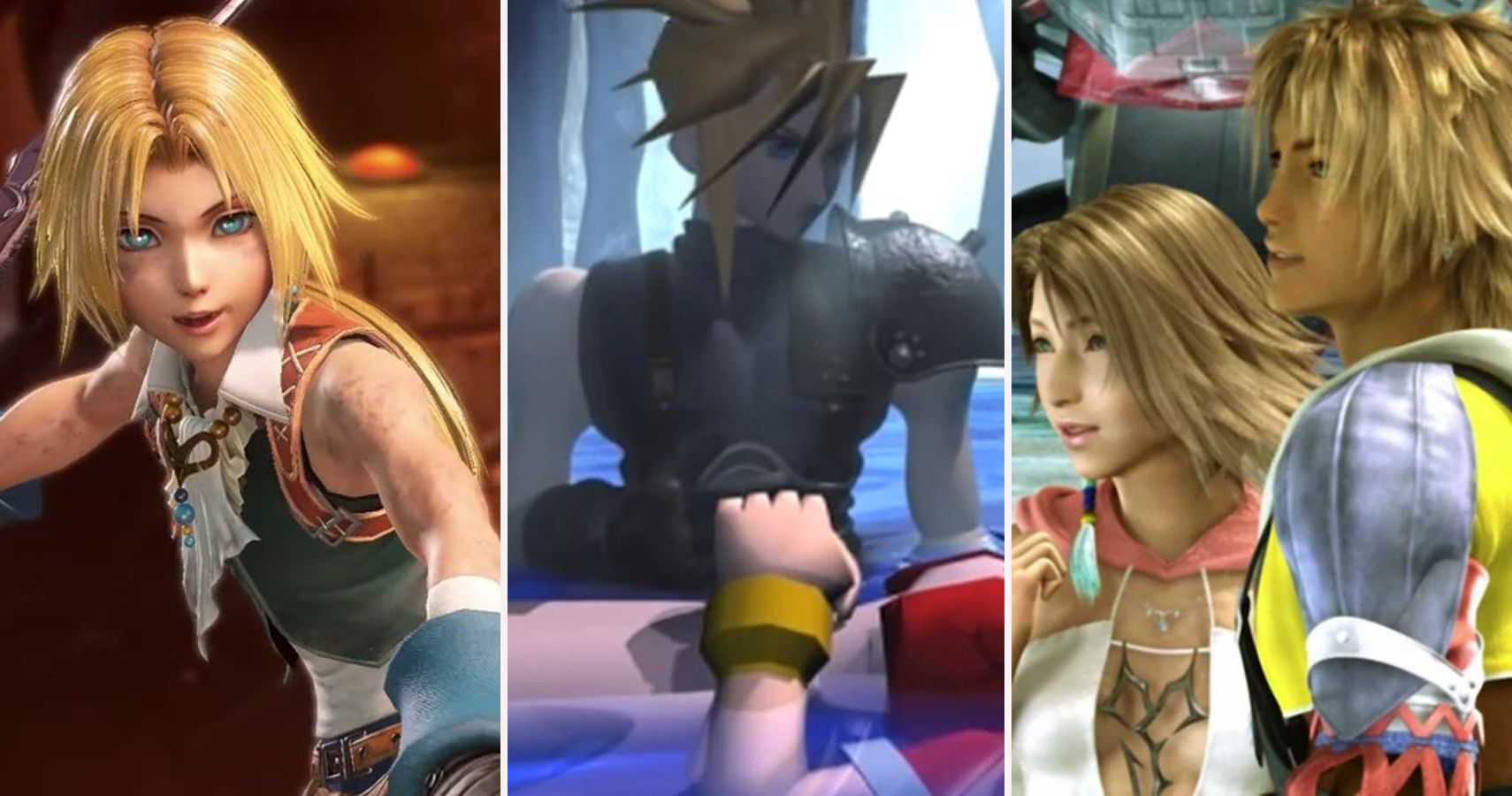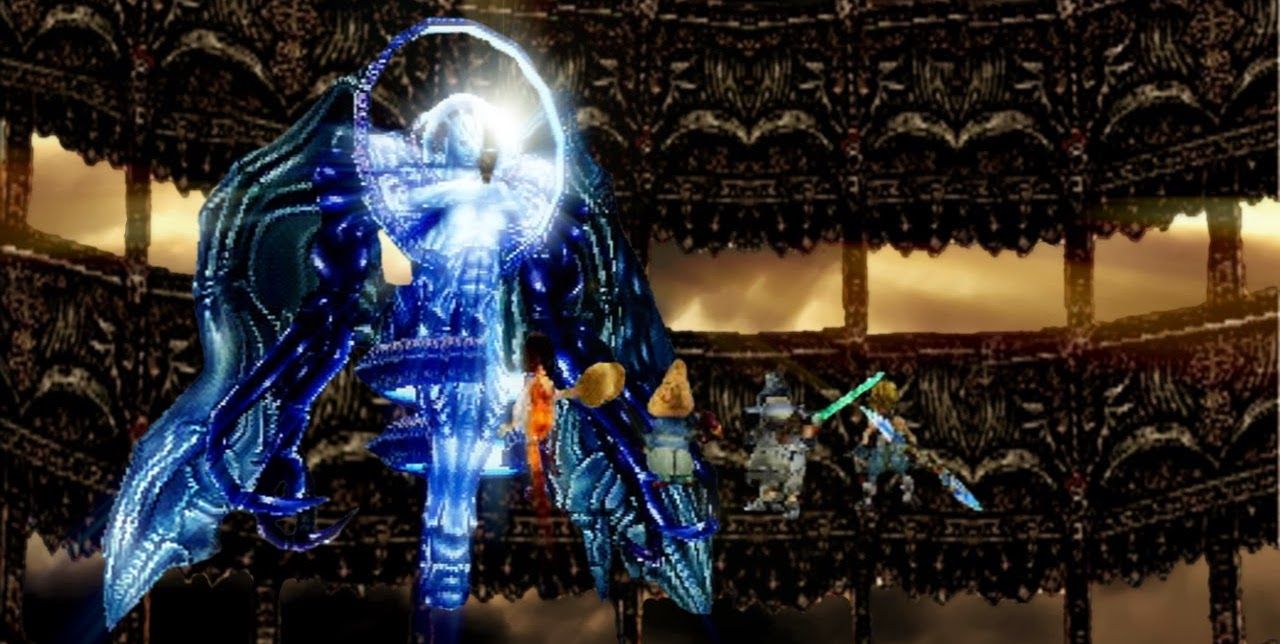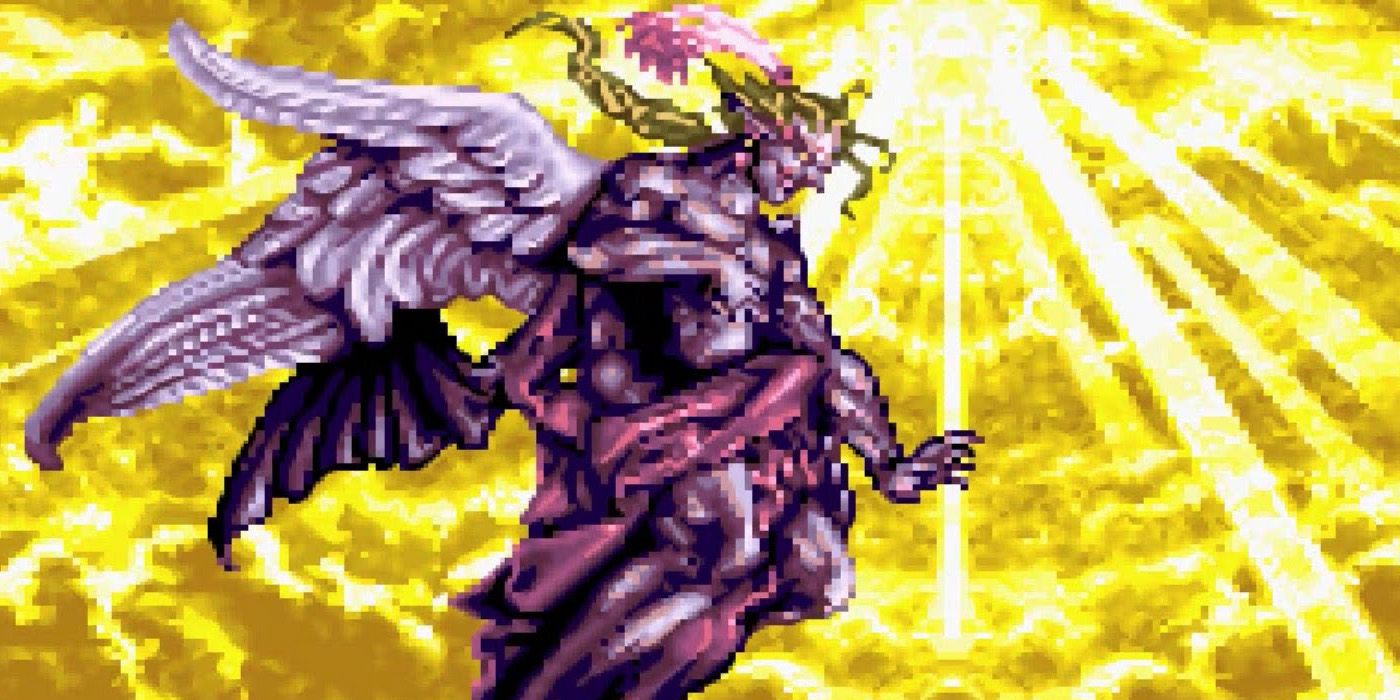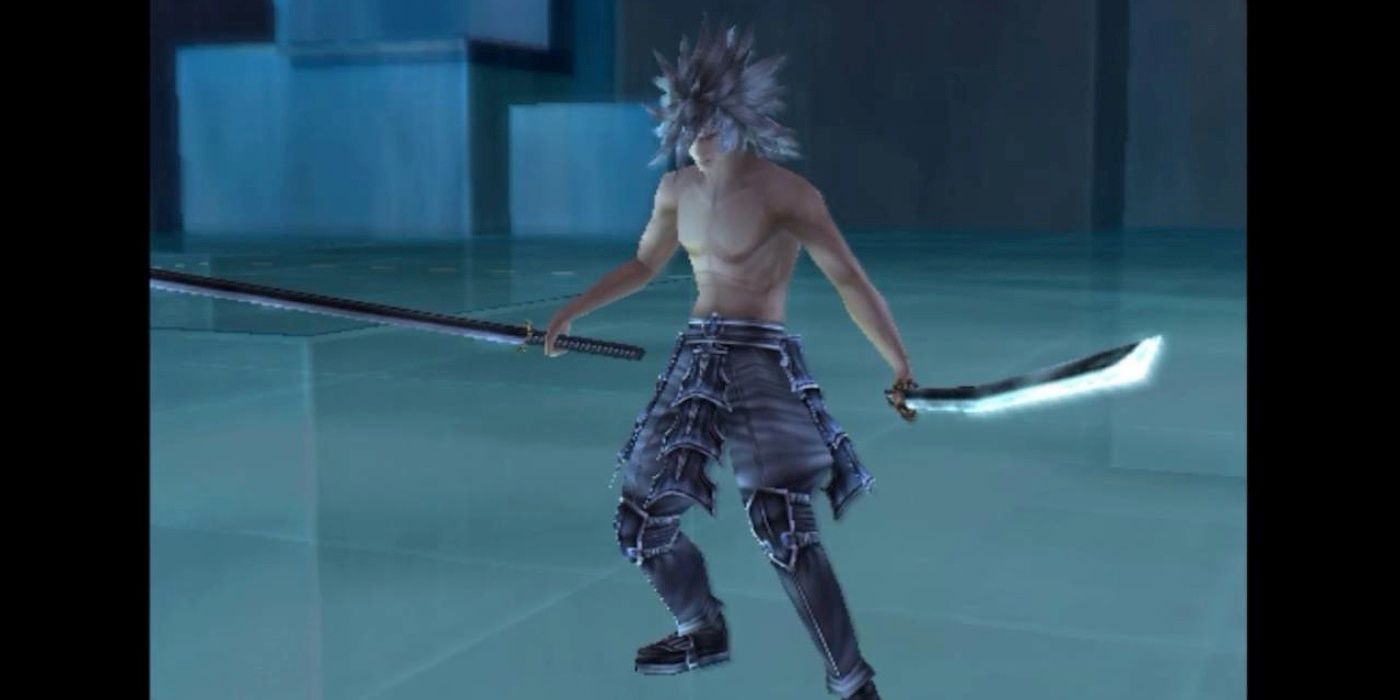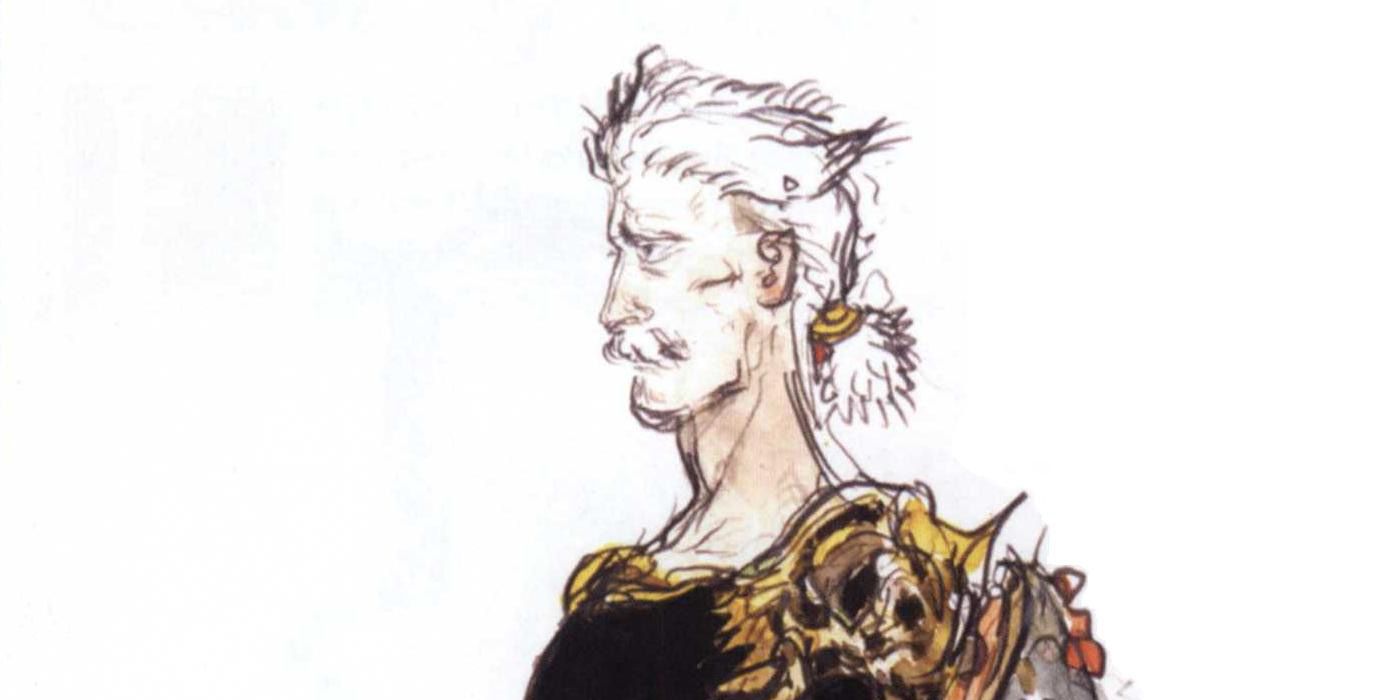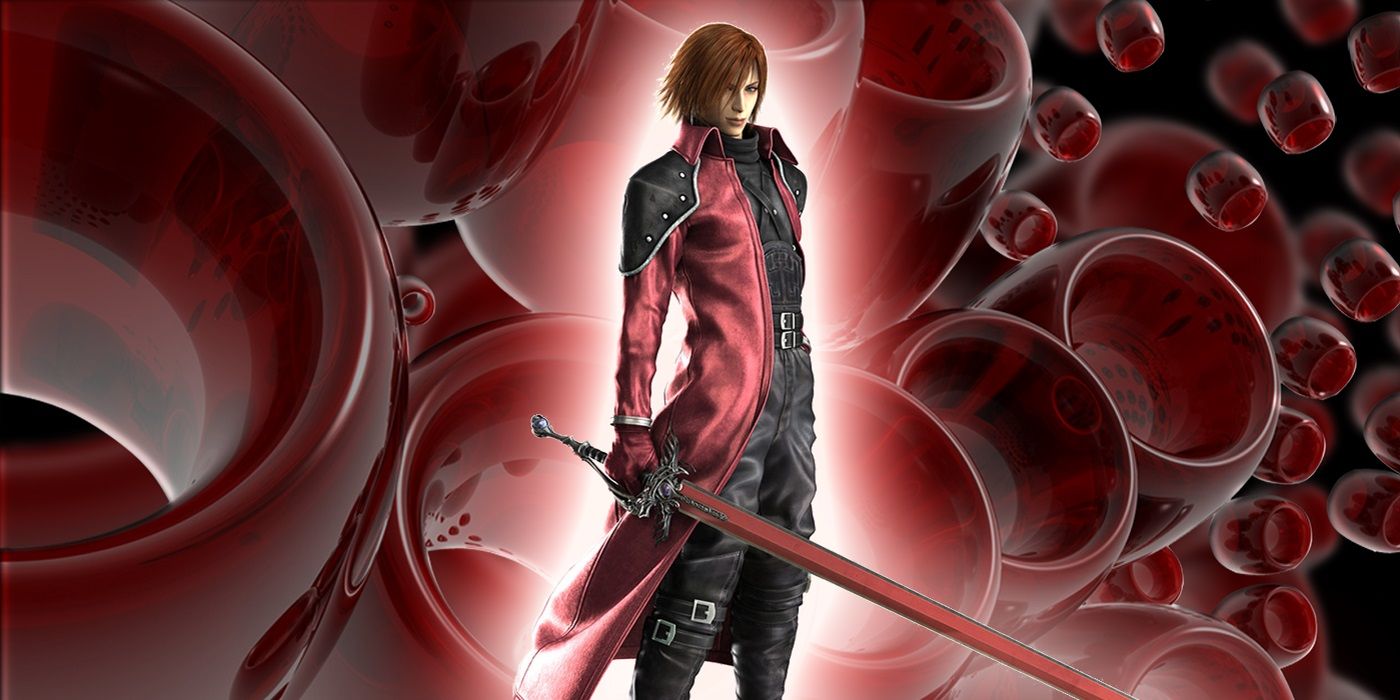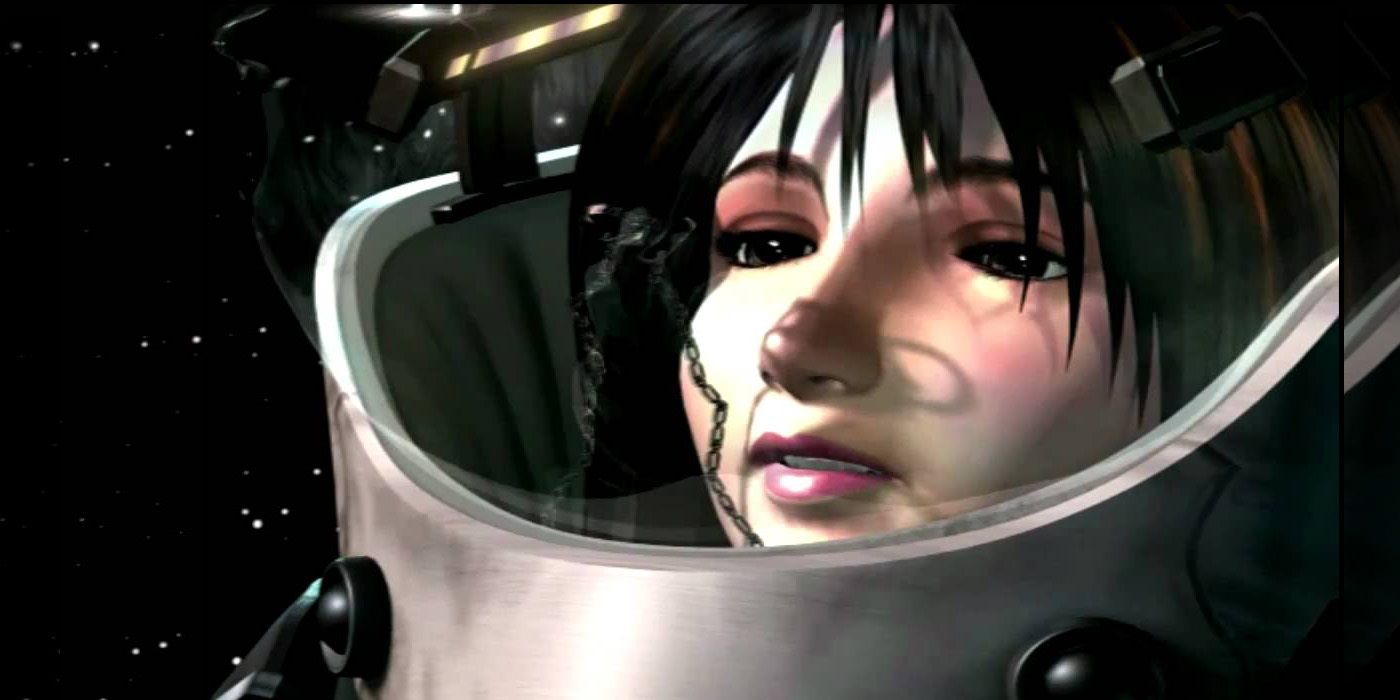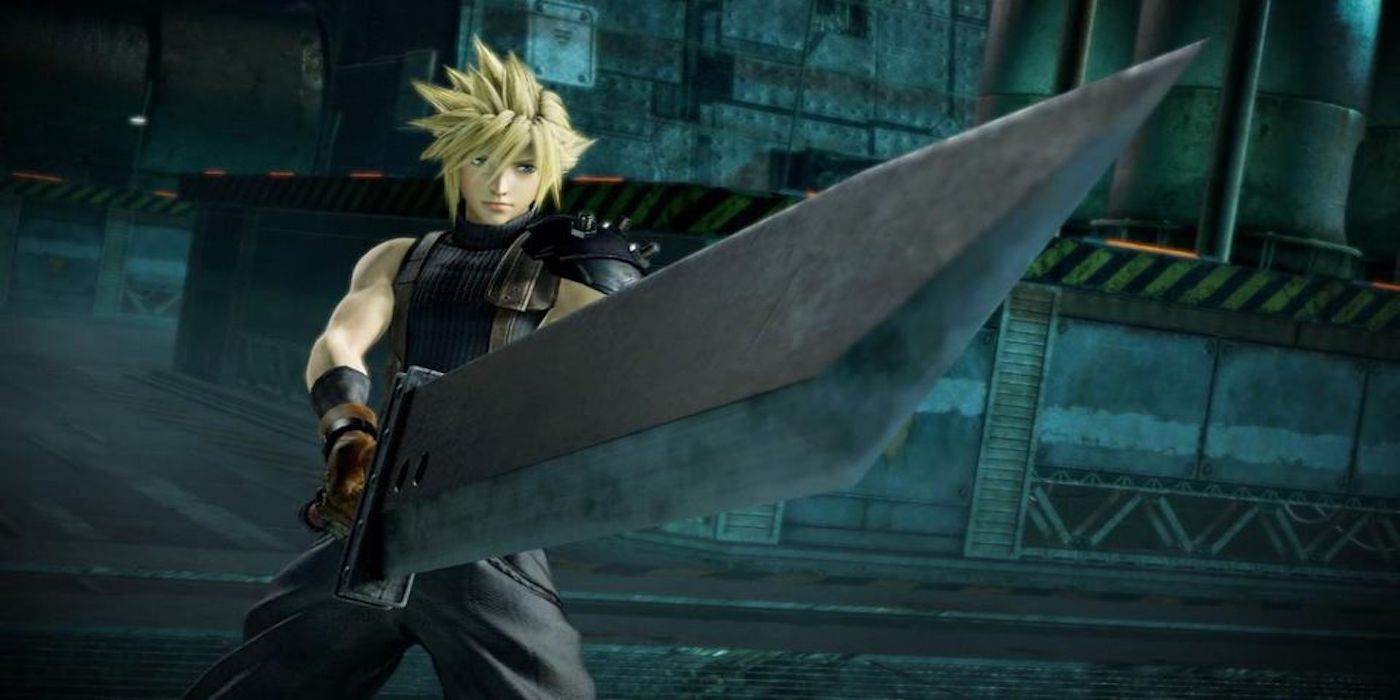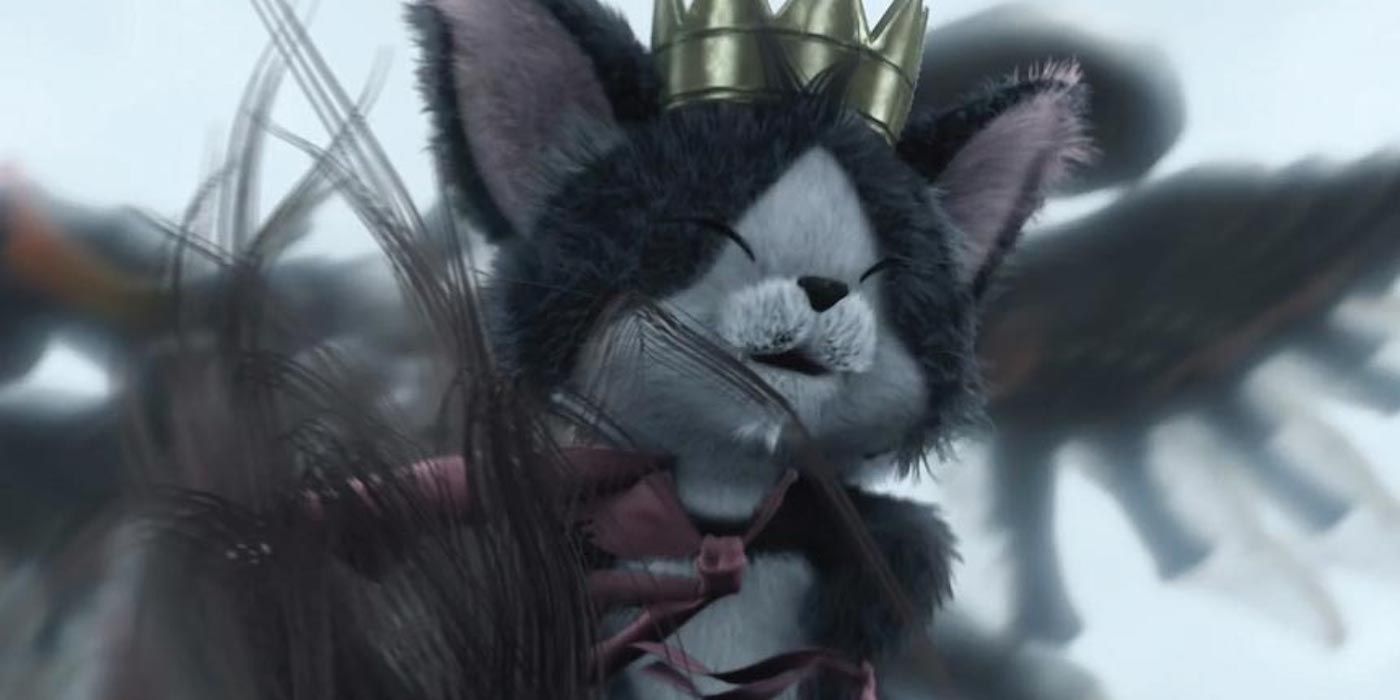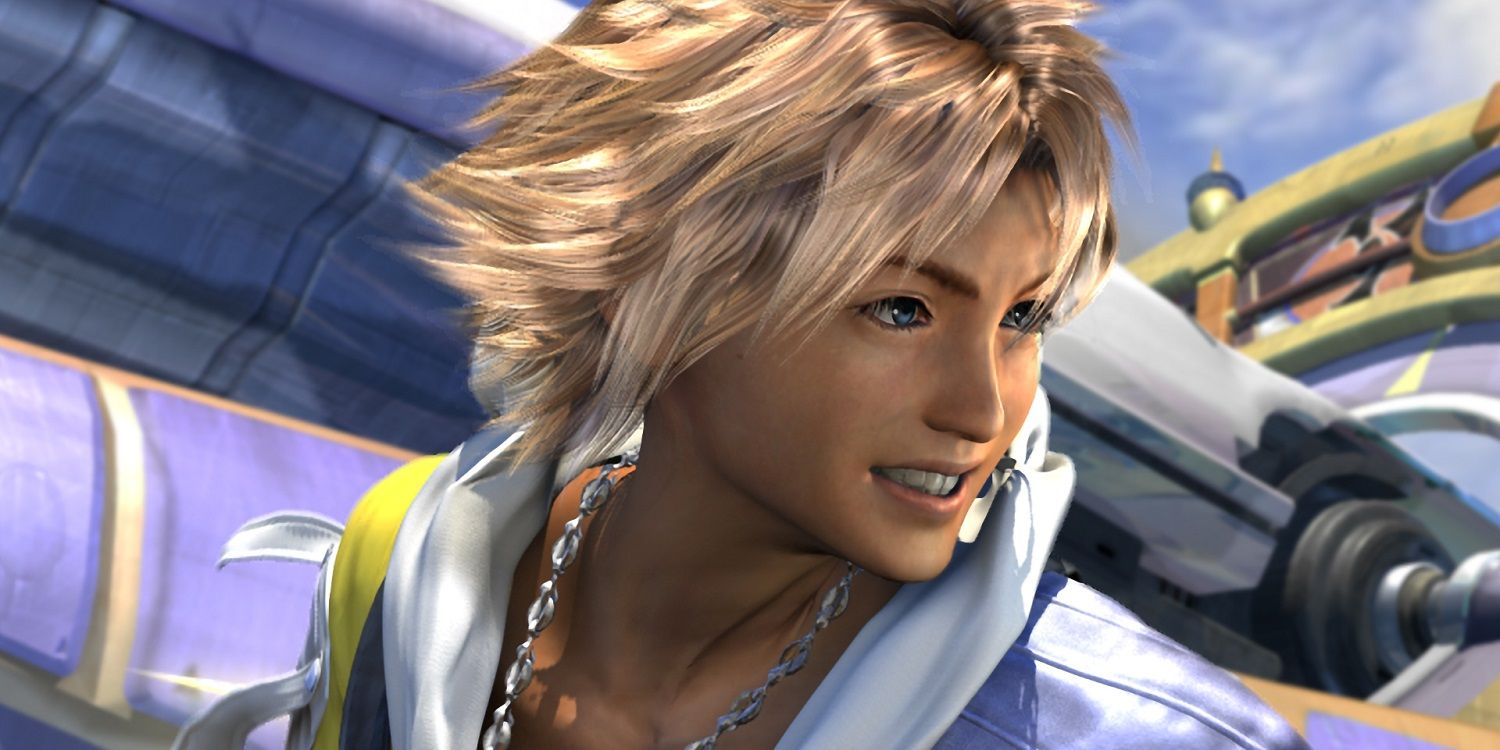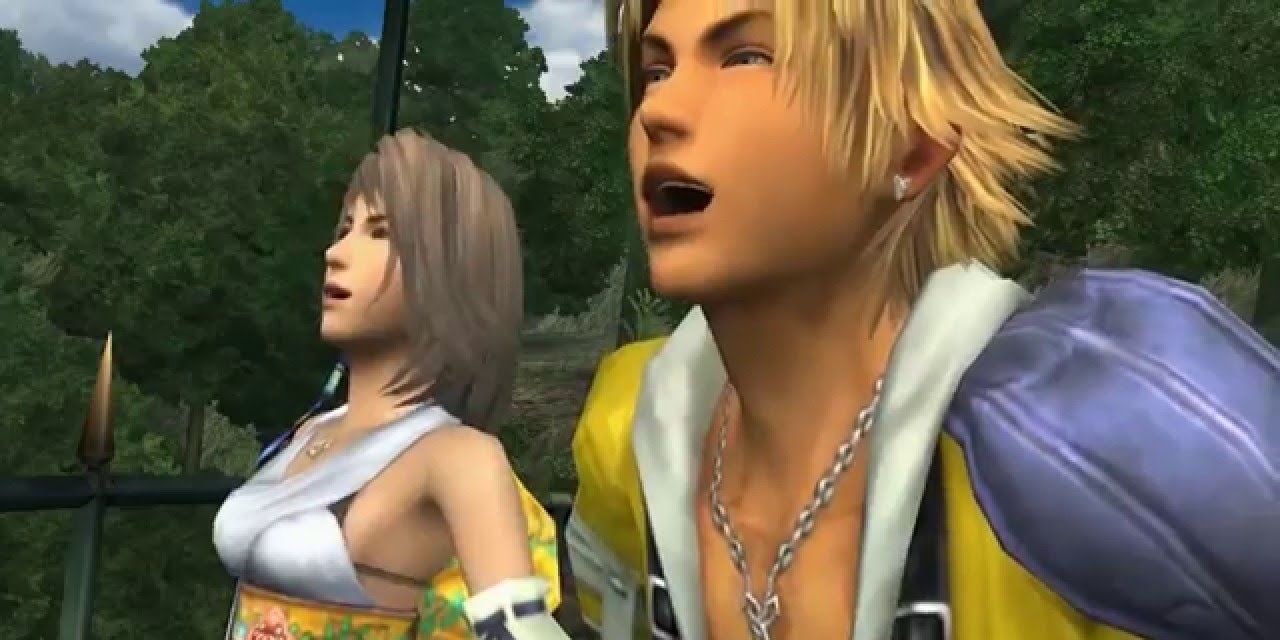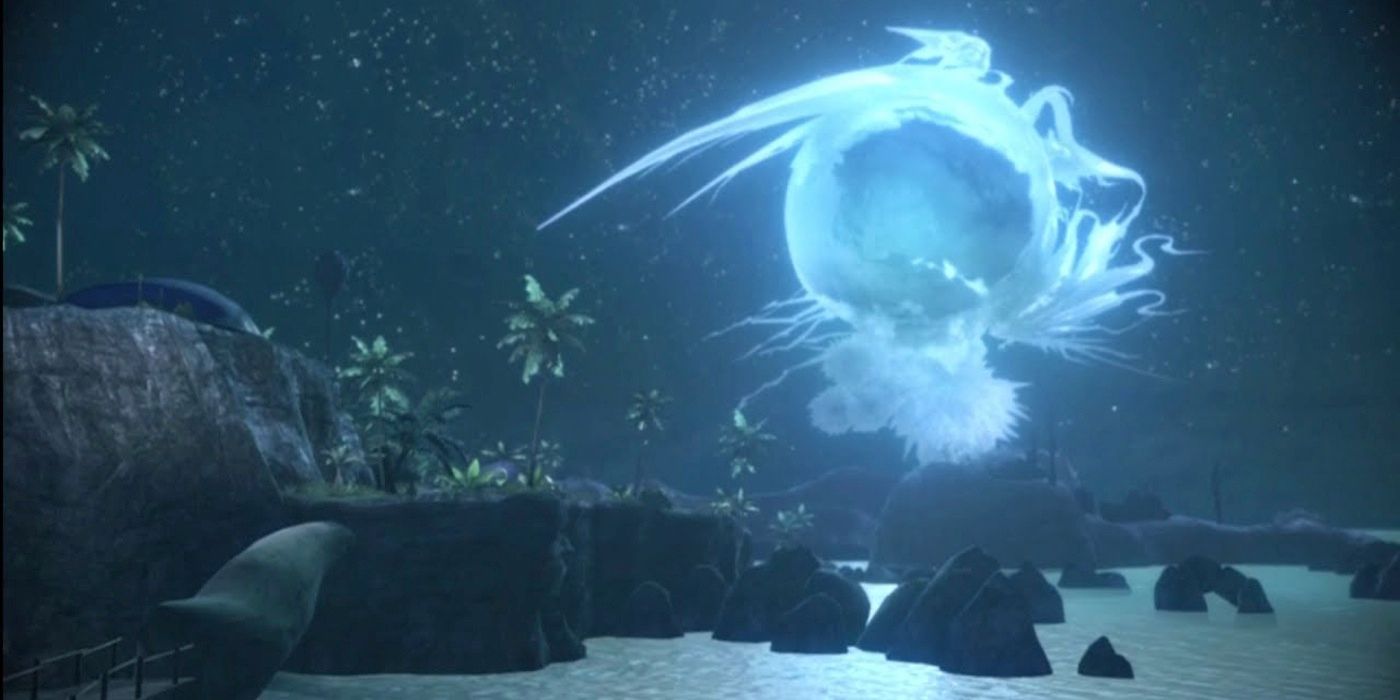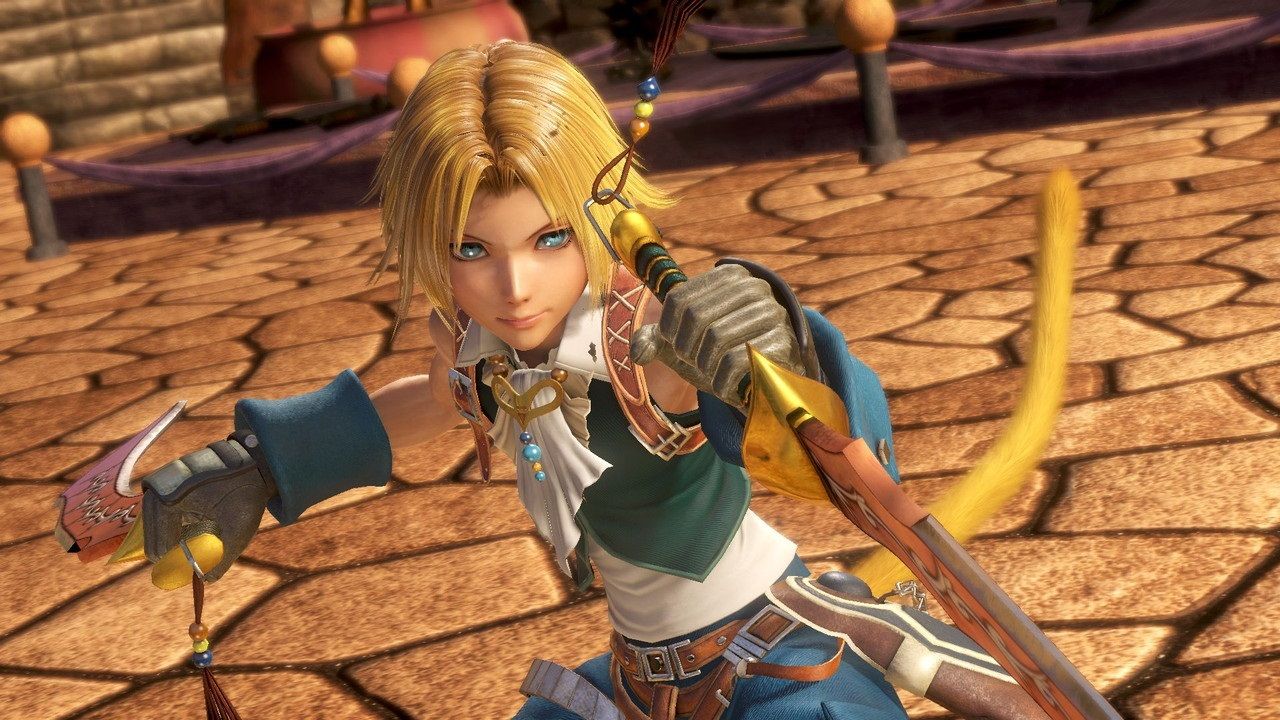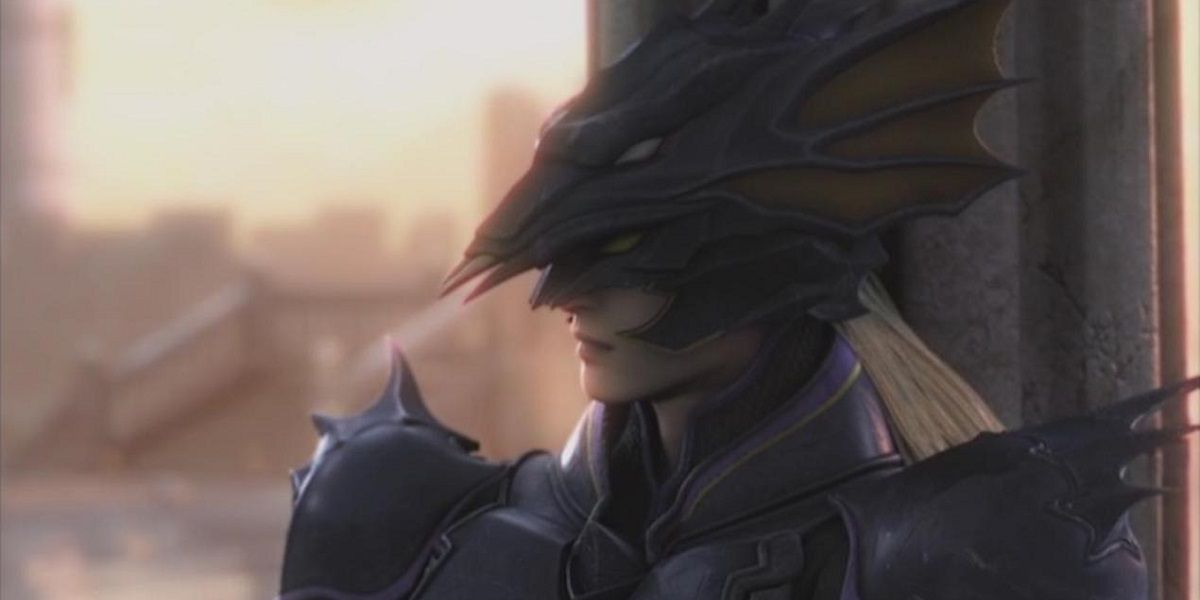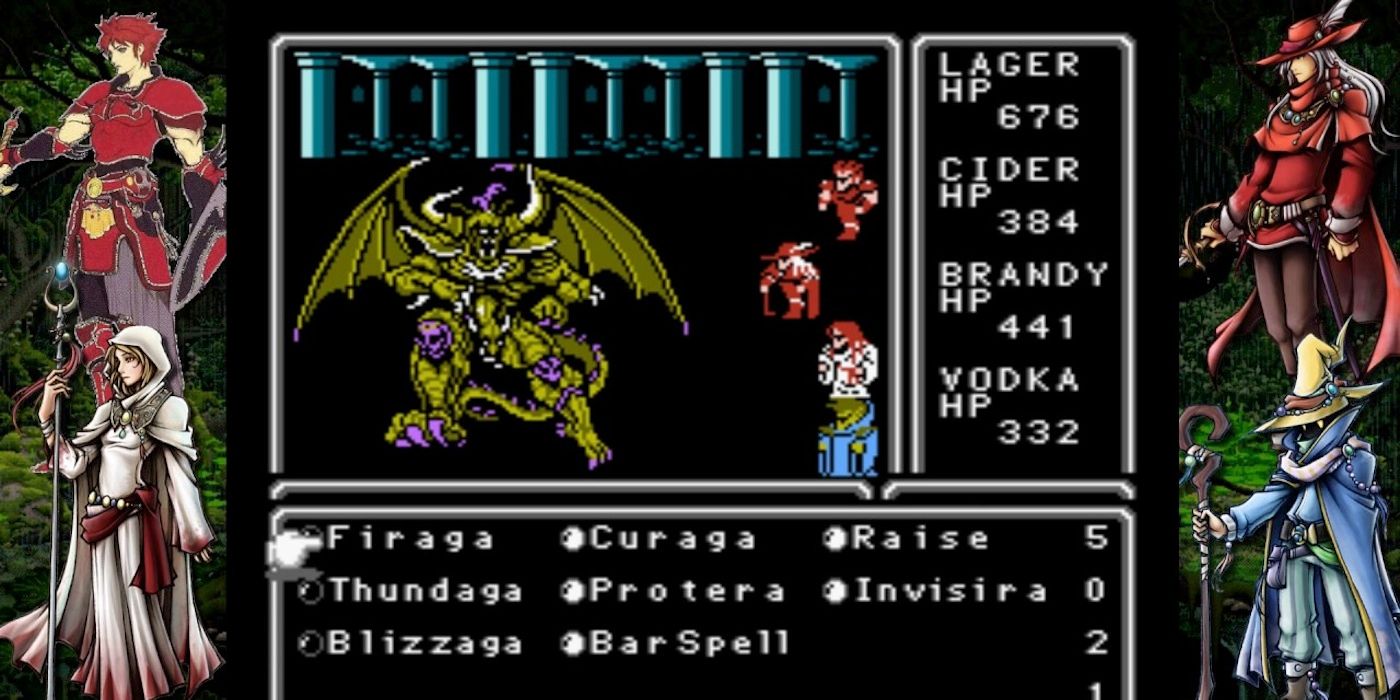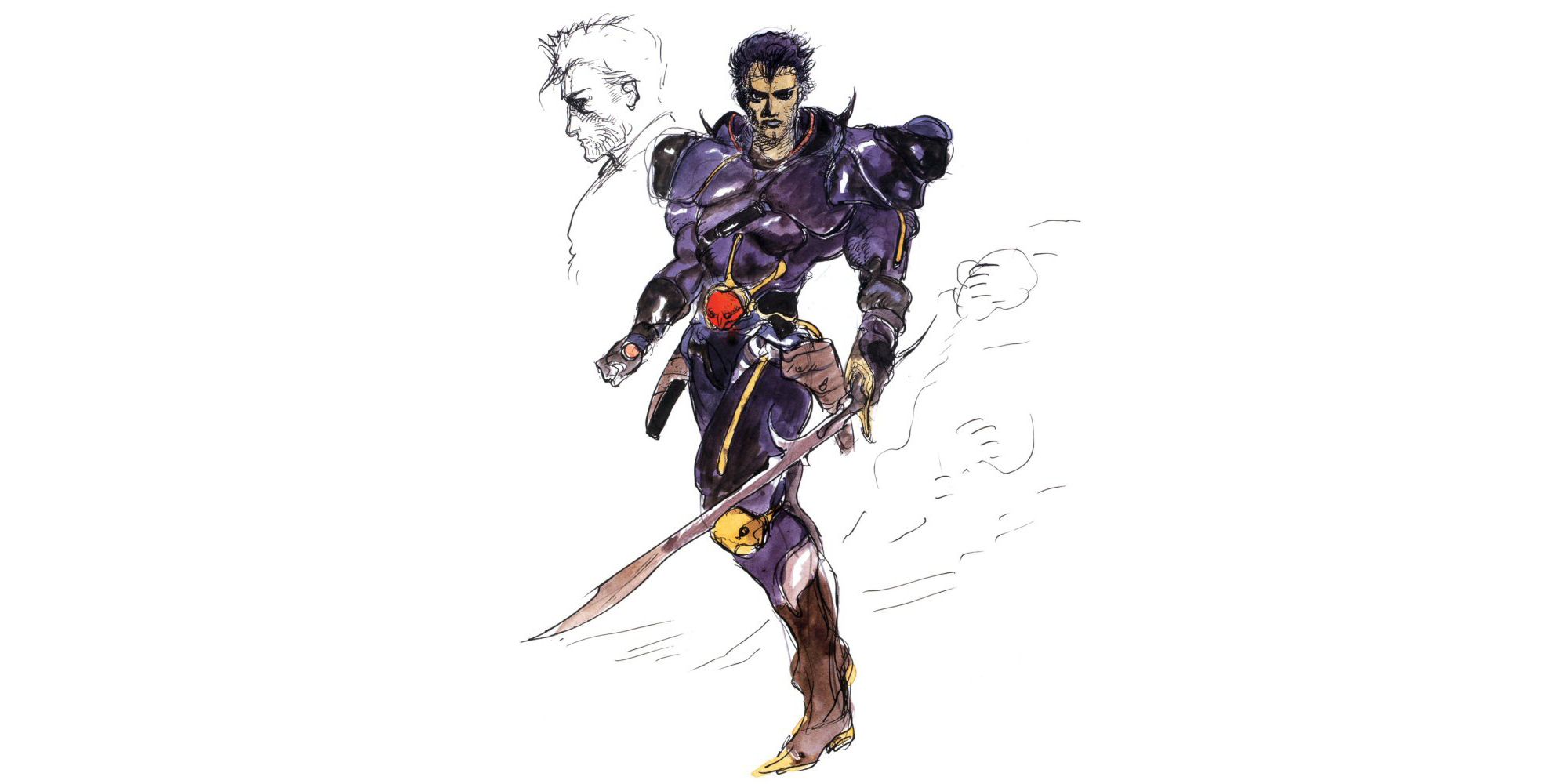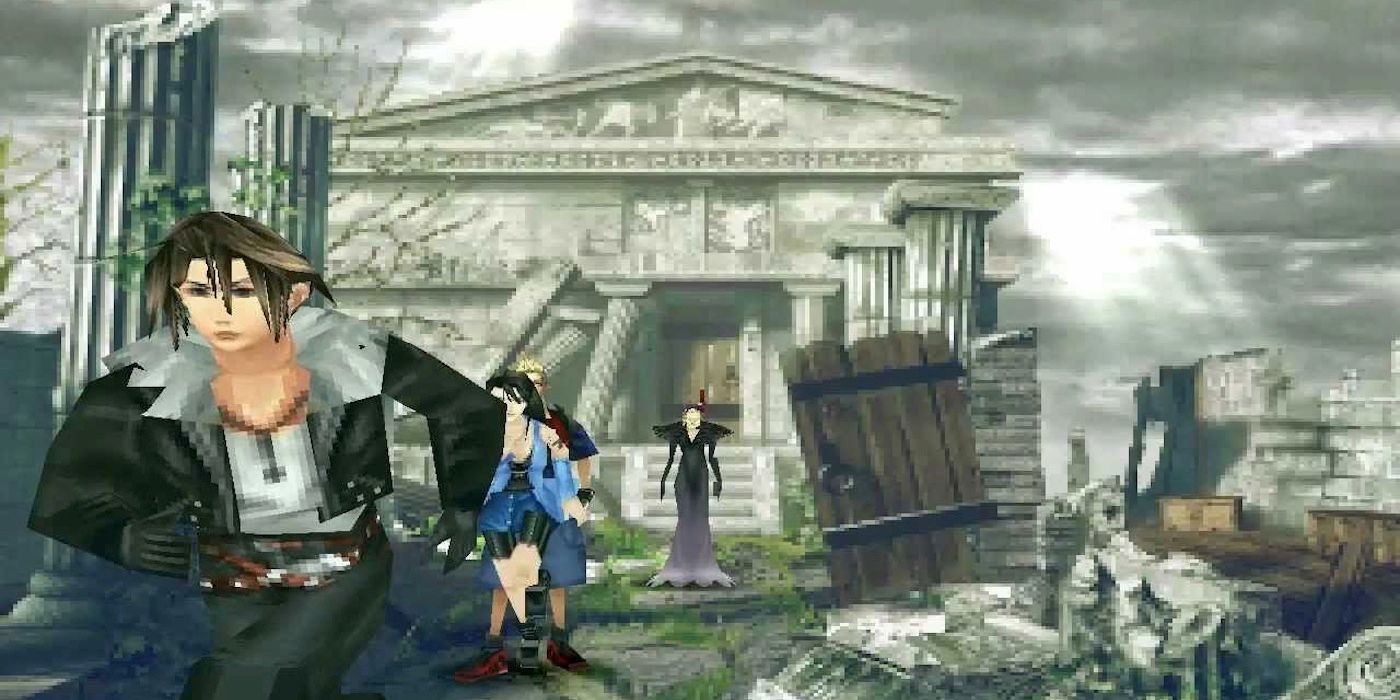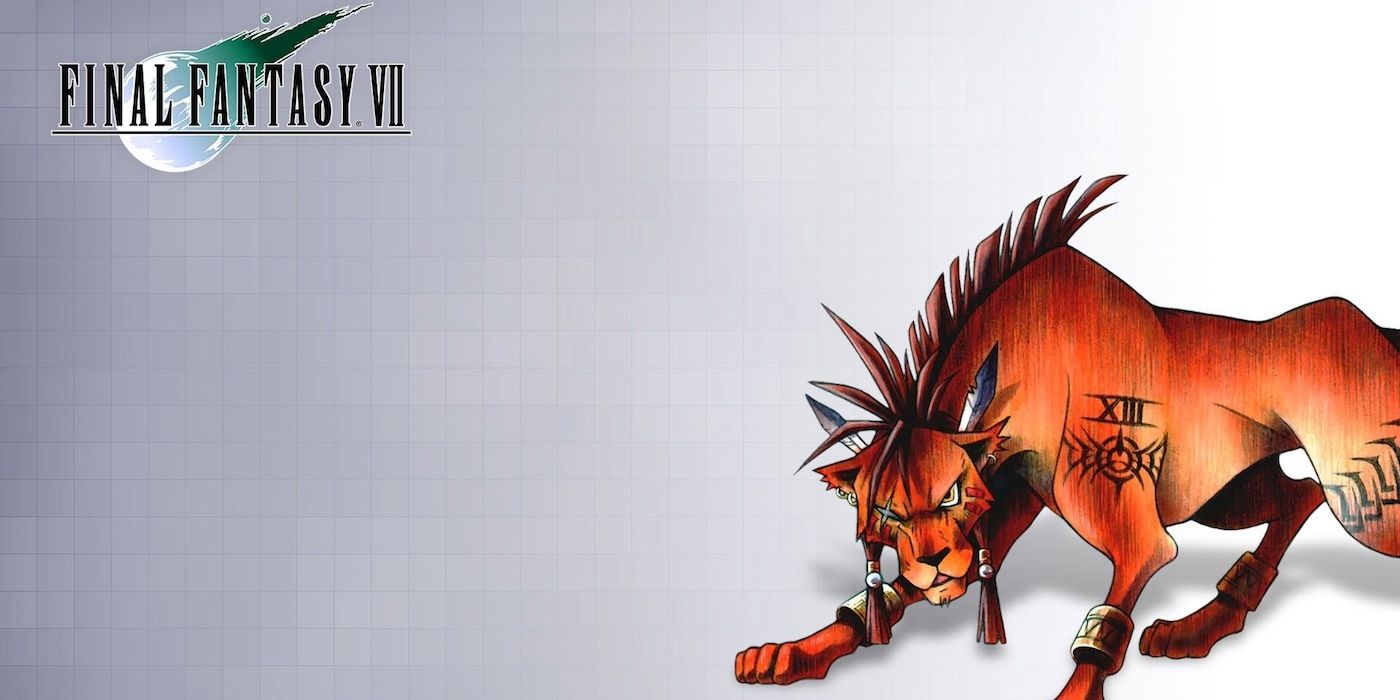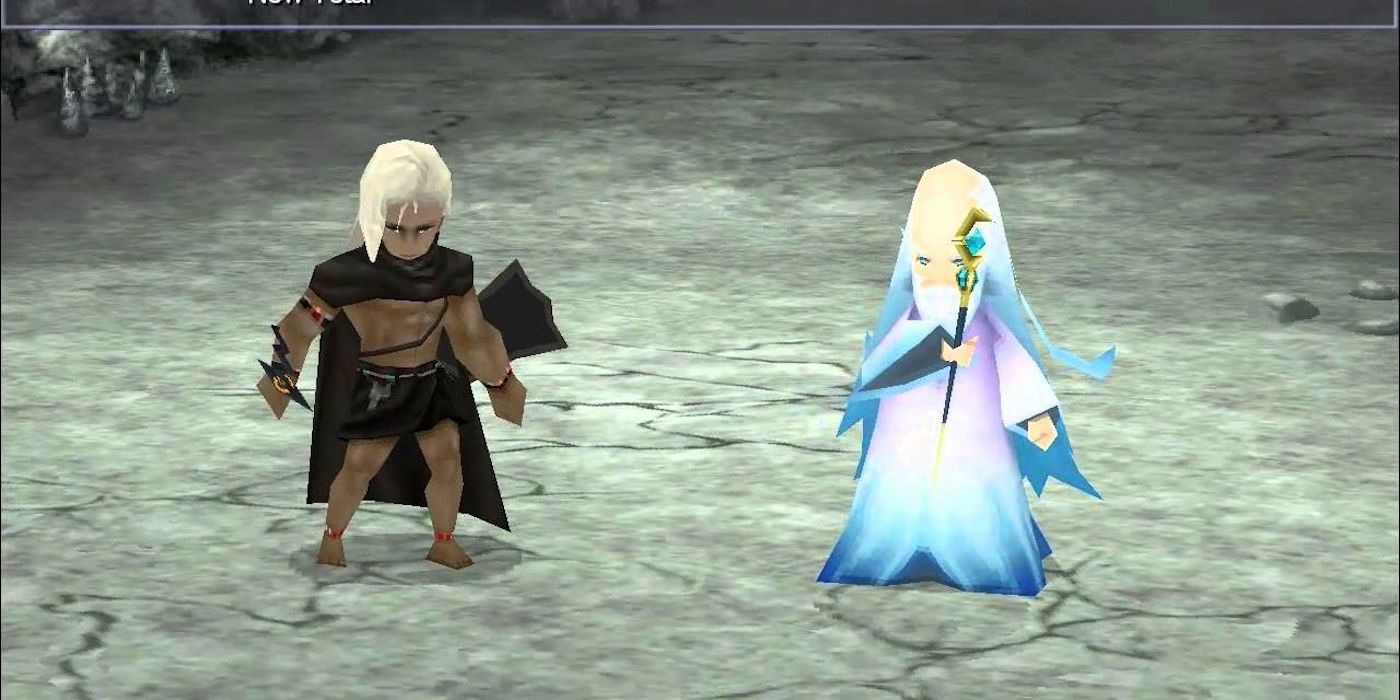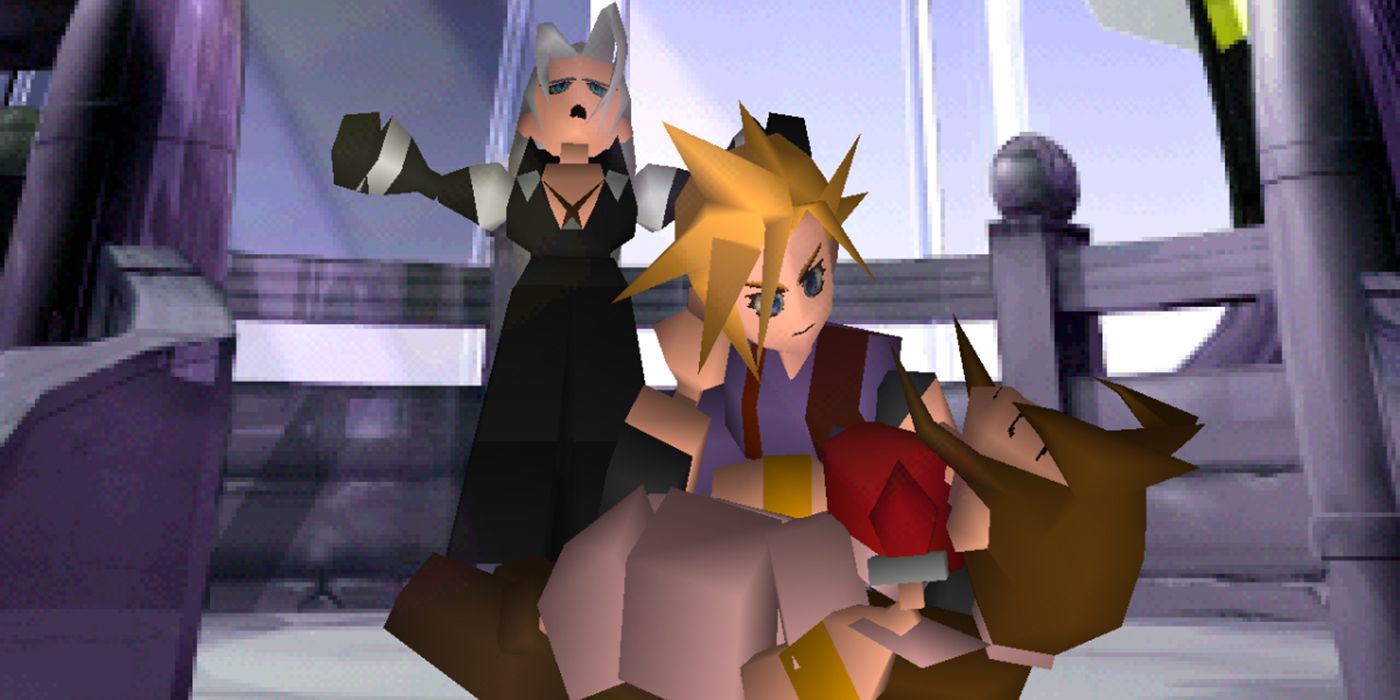There is perhaps no game more associated with plot twists than Final Fantasy. Since the release of the franchise’s first installment in 1987, Final Fantasy has rolled out one surprise reveal after another, sometimes having even multiple within a single storyline. This has led to a sizable divide between supporters and critics of the franchise, who’ve spent years debating which twists work and which thoroughly undermine the narrative that built up to it.
The inconsistency with which they occur have become something of a Final Fantasy hallmark. In a ranking, Complex accurately described the franchise as having “some of the best and worst stories of any game series [ever].” At best, these twists have honored everything that came before and challenged the characters in ways we were previously not expecting. They make you want to experience the game all over again.
At their worst, these twists trample the idea of logic, and make little sense when applied to the events that preceded them. They disrupt the momentum and throw the franchise off axis so severely that some players will be put off for good. Feast or famine, as the saying goes. So, without further ado, here are the 10 Best Plot Twists That Saved the Final Fantasy Series (And 10 That Ruined It).
Ruined - Necron Reveal (FF9)
Final Fantasy IX pulls a bait-and-switch in the worst possible way. It takes the villain we’ve faced for the majority of the game, the mystic wizard Kuja, and yanks the rug out from under him, only to give us a new villain who is lacking in depth and is far less memorable: Necron. Now, on paper, Necron should be a very impressive baddie. He is the physical manifestation of death (hence the name), and his ultimate goal is to reduce everything in the world to nothing. Sounds formidable enough.
The problem is that we learn next to nothing about Necron. He is given no backstory, no motivation, and we are merely meant to infer how powerful he is because he looks big and scary.
It's a ploy that comes off painfully cheap. It is, in many ways, the same fate that befell 2016’s Fantastic Beasts & Where to Find Them. In that film, Colin Farrell’s menacing charmer is replaced at the last minute by Johnny Depp, who simply looks pale, powdery, and confused as to why he’s in the scene. Necron is the Johnny Depp here. He’s the twist that no one really asked for.
Saved - Kefka Ends The World (FF6)
Few could have predicted the ending that awaited them in Final Fantasy VI. The game focuses on a rebel group known as the Returners, and their conflict with the Gestahlian Empire, an evil dictatorship who is attempting to take over the world. The game is thoroughly entertaining throughout, with the objective being to locate magical creatures known as Espers and obtain their powers, but things take a shocking, unexpected turn when Kefka, a general in the Gestahlian Empire, steals the Espers’ power for himself.
Kefka then eliminates the Emperor and throws off the magical balance in the world to such an extent that he causes global destruction. No redos or revelations that it was all a dream (we’ll get to that later), as the villain actually succeeds in bringing about the end of the world. Consequently, there’s a tremendous sense of gravity in playing Final Fantasy VI, as it is the first time the good guys fail and are forced to deal with the aftermath.
Of course there’s a silver lining, as the characters are able to regroup and devise a plan to overthrow Kefka, but that takes place almost a year after the apocalyptic event played out. It remains among the most acclaimed twists in the entire franchise.
Ruined - Hojo Controlling Weiss (FF7)
Weiss is a terrific character in the Final Fantasy universe, a skilled member of SOLDIER who commands an underground group known as Deepground. He is feared and respected by many, as he is considered the strongest of the Tsviet. During Dirge of Cerberus -Final Fantasy VII-, however, Weiss, believed to be a complex villain, is revealed to be under the influence of the late Professor Hojo. Weiss blindly follows Hojo’s orders, which includes having Deepground abducting dozens of people to serve as incubators for Mako, the planet’s life force.
Another twist that reads decently on paper, but it doesn’t shift the narrative all the much and it undermines Weiss as a character. If we can be permitted to make another film comparison, it's sort of like when Bane is revealed to be a pawn in 2012’s The Dark Knight Rises. While technically still the villain, he becomes less of a threat in our eyes and, as a result, less memorable. Weiss would have benefited from having a chance to strike out on his own and show off how brutal-- or coldly logical-- he could be.
With Hojo controlling the reins, he ceases to be little more than hired muscle with a set of skills that are largely left off the table.
Saved - Galuf Is from the Second World (FF5)
There was mystery surrounding Galuf from the moment he was introduced in Final Fantasy V. He was stricken with amnesia when Bartz and Lenna first find him, and proceeds to follow the duo on a series of misadventures involving pirates and various arrests. The true nature of Galuf’s identity is teased, first by a knight who refers to him as “Lord Galuf” and then by a werewolf who calls him “Sir Galuf”, but both succumb to death before they’re able to divulge anything more.
It is only after Krile comes down in a meteor and removes his spell of amnesia that Galuf-- and the player-- learn that he is actually a King from the Second World.
We go on to learn that Galuf helped seal the warlock Exdeath into the First World thirty years prior, and that he returned to the First World in a meteor when he discovered that the crystals restraining Exdeath were growing weak.
What made this particular twist so effective was that by the time we learned of Galuf’s true identity, we had already come to enjoy him as a character and supported his grand quest to defeat Exdeath. Galuf’s own death, which comes at the end of the game, was rendered all the more heartbreaking as a result.
Ruined - Genesis Resurrection (FF7)
Genesis, or G, as he’s commonly referred to, is one of several tragic characters in the Final Fantasy realm. In Crisis Core -Final Fantasy VII-, he is a capable member of SOLDIER who, after gaining the power of the goddess Materia, becomes the evil Genesis Avatar. He is quickly defeated and returned to human form, where it is made clear that his desire to be a prideful SOLDIER has clouded his morality.
It's the classic tale of the warrior who psychologically crumbles under the strain of combat, but it's one that’s told for maximum dramatic impact. Genesis’ story seems to end after he is struck down by his ally Zack and left to rest with a reinstated sense of dignity.
It would be rather touching if not for the fact that he’s brought back as a villain soon after. A shock wave awakens Genesis, who approaches Weiss with a vague proposition of evil. “It is not yet time for slumber,” he says, adding that they have much work to do. Even as a hidden ending, this scene feels tacked-on and dramatically inconsistent with Genesis’ initial fate. What was a touching story became yet another case of a character becoming a generic baddie.
Saved - The Sorceress Is Possessed (FF8)
There’s a lot that goes on in Final Fantasy VIII, least of which involves Rinoa Heartilly, the leader of a group known as the Forest Owls. Rinoa is initially posed as a force to be reckoned with, but after she and Squall Leonhart, her eventual love interest, defeat the sorceress Edea, Rinoa begins acting strangely. She collapses and falls into a comatose state and when she awakens, she opens an airlock in outer space and attempts to open the tomb of the ancient sorcerer Abel.
The reasoning behind all this, which we eventually learn, is as convoluted as it is compelling. Apparently, the sorceress Edea was possessed by Ultimecia, another sorceress from the future and, upon being defeated, unwittingly transferred her “possession” onto Rinoa. This means that Rinoa was under the influence of Ultimecia during her coma and it is the will of the sorceress that led to her opening the airlock and being left to die in space. This twist provides logic for Rinoa’s odd behaviour, while simultaneously bolstering Ultimecia’s potency as a villain.
Fortunately, Rinoa is able to break free of Ultimecia’s hold in time to contact Squall, who tells her to activate the emergency oxygen supply in her suit.
Ruined - Spaceship Deux Ex Machina (FF8)
The first instance on this list (but not the last) of a bad twist ruining a perfectly good one is in Final Fantasy VIII. Coming off the chilling storyline involving Rinoa and her being possessed by an ancient sorceress, the game decides to go for a more cliché ending. Rinoa is stranded in space, running low on oxygen, and Squall puts on a spacesuit to go out and accompany her. Knowing good and well that they will die soon, they spend their last moments together, a testament to their endearing love.
Then a functioning spaceship comes floating by. The couple climb into it and are able to shuttle back to their home planet. Talk about manipulating our emotions. It would have been a much stronger ending had Rinoa and Squall made the ultimate sacrifice to preserve their love just that much longer. Instead, their decisions are free of consequence and they can go off to live happily ever after.
Now that’s not to say the notion of them surviving is a bad one, but just that the game blatantly plays off the fact that they won’t and then pulls a fast one. Had the writers handled it a bit more subtly, it may have worked. As it stands, it's a bad one.
Saved - Cloud’s Past Revealed (FF7)
Cloud Strife is one of the most celebrated of all the Final Fantasy characters and his compelling backstory is a big reason why. Cloud originally introduces himself as a former member of the elite warrior unit known as SOLDIER and agrees to fight the Shinra Electric Power Company (who threaten to drain the planet’s resources for profit) largely for pride and personal gain. As the game progresses, however, and the details of Cloud’s past life fall into place, his priorities take a massive turn.
We come to learn that Cloud was never actually a member of SOLDIER, but a lowly Shinra Infantryman who experienced a tidal wave of tragedy-- the death of his friends and family-- and experimentation at the hands of Professor Hojo, who reconfigures Cloud’s memories. Cloud eventually makes it out alive, but the pain of his past, coupled with the experimentation, leads him to assume a new identity with accompanying memories.
Not only does the reveal make for one of the most dramatic of the entire franchise, but it serves a direct purpose in the Final Fantasy VII narrative. Once Cloud comes to grips with his past, he is able to overcome Sephiroth’s mind control and effectively become the hero he always imagined himself to be.
Ruined - Cait Sith Betrayal (FF7)
For everything that Final Fantasy VI gets right, Cait Sith is not one of them. He has a laughably bad character design and comes off like a plain nuisance to the rest of the team. If we could be so bold as to make a Jar Jar Binks comparison for the franchise, Cait Sith would most certainly fit the bill.
Sith’s presence is made even more unbearable, however, when it's revealed that he’s been working against the team the entire time. Ugh.
The ways in which the creators shoehorn Sith into the story make this reveal seem telegraphed from the start. He insists on tagging along with the team, despite not knowing any of the established characters and offers no legitimate reason as to why he should be allowed to. Of course, no one asks for a reason and he simply goes along for the ride, killing time until his “dramatic” reveal. The reason other twists on this list are effective is because we have an emotional investment in the characters and feel for them in the situation. With Cait Sith, the opposite is true.
It's almost comforting to know that’s he a villain, as we’re able to move from barely tolerating his presence to outright hating him.
Saved - Tidus Is a Dream (FF10)
Tidus is the protagonist of Final Fantasy X and, at first, he looks to be the recipient of yet another tragic backstory. He’s a star blitzball player who gets taken to Spira after a monster destroys his home city. The rest of the story sees Tidus become a hero and team up with a summoner named Yuna to destroy the monster. At least, that’s what we’re led to believe. In reality, Tidus’ journey is a bit harder to discern.
It is only after he meets a fayth (defined on Final Fantasy Wiki as “humans who willingly had their souls sealed in statues in a state of dreaming”) that Tidus learns the truth: he is a dream of the fayth, one who dreamt him into existence in order to defeat the aforementioned monster. Once the monster is defeated, the fayth can cease their dreaming, but that also means that Tidus will cease to exist. He chooses to hide this discovery from the others, making for a devastatingly dramatic reveal towards the end of the game.
The twist involving Tidus works so well because it is one that’s completely unexpected, yet makes logical sense within the framework of the story. It adds a spiritual component to an otherwise straightforward adventure, and heightens the romantic subplot between him and Yuna.
Ruined - Tidus Resurrection (FFX-2)
Seeing as the Tidus story was so impactful in Final Fantasy X, the franchise saw fit to bring him back from the dead in Final Fantasy X-2. The game makes it so that Yuna wishes him back into existence and, sure enough, he awakens at the bottom of the ocean and swims to the surface. Once there, he sees Yuna, and a host of other characters, in what appears to be a “happily ever after” type of ending. This has been a point of contention for many fans.
In one breath, it's nice to see Titus and Yuna be reunited and be allowed to resume the romance they deserve, but in the other breath, the events of Final Fantasy X-2 basically undermine everything that happened in the previous installment.
The whole point of FFX was that Tidus had to sacrifice himself for the greater good and learn what it means to be a hero. It’s what made the scenes between him and Yuna so emotionally poignant. By making his fate a mere inconvenience that could be fixed, the weight of his journey in FFX feels retroactively cheapened. Resurrections aren’t always a bad thing, but in this instance, it was.
Saved - Cocoon’s Purpose Is a Lie (FF8)
Final Fantasy VIII dropped a major bomb on its players when it was revealed that Cocoon, the majestic continent floating above Grand Pulse, had an underlying purpose for existing. What was initially thought to be a peaceful continent, one that is regularly passed off as a “paradise” to its inhabitants, was actually a sacrificial lamb, a vessel upon which thousands of human souls were being fattened for the slaughter.
The Cocoon is said to have two core rules; the first being that human beings cannot leave the Cocoon under any circumstances, and the second being that absolutely no military conflicts can break out, for fear of lowering the population. Why, you might ask? The Fal’Cie, which are ancient supernatural beings, wish to speak to their Maker, and they believe the only way of doing so is by opening up a portal in space (known as Etro’s Gate) and shooting thousands of human souls through it. In layman’s terms, sacrificing all of Cocoon’s inhabitants to contact their god.
The Cocoon twist is effective precisely because of how disturbing it is. The very notion that our race is being grown and maintained as sacrificial pawns for a more advanced species is enough to send chills down any player’s spine. Well done.
Ruined - Zidane’s Backstory (FF9)
At first, Zidane seems like a charming, easy-going character in Final Fantasy IX. He’s a thief who spends most of his free time chasing after the princess, lending a nice departure from some of the heavier character arcs in the franchise. Then, quite literally out of nowhere, Zidane learns that he is actually a descendant of an alien race known as Genomes. Known as soulless creatures who were created to house the spirits of an ancient race, Zidane is throw off axis-- as we are-- by this information.
He then undergoes a bit of an existential crisis, questioning who he is and what his purpose is in the cosmos. It’s not a bad character arc when taken in a vacuum, but the problem is that we got the same arc with Vivi, another character in Final Fantasy IX. Literally, the same arc. Vivi is also a descendant of an alien race and the discovery of this forces her to question her purpose.
Did the writers really think they could sneak the same story by twice in the same exact game? Not the worst twist, necessarily, but the most confounding by a long shot.
Saved - Kain’s Betrayal (FF4)
Kain Highwind is a troubled character. Throughout Final Fantasy IV, he’s constantly being torn between his allegiance to Cecil and his growing resentment over Cecil and his romance with Rosa. The character also seemed conflicted as to what he should do, so when he ultimately betrays Cecil, it is portrayed as a tragic situation, rather than one of malicious intent.
An admittedly subtle twist in comparison to some of the others on this list, but Kain’s is so memorable because of the moral questions his character invites.
He is never depicted as an evil person, but rather someone whose jealousy and bitterness got the best of him. His not being able to win Rosa’s love and his obsession with making sure she’s safe, often clouds his judgement, like when he apologies to her after using her as a bargaining chip (to be fair, he was under the control of Golbez at the time).
As countless online forums and sites have shown, however, Kain remains a favorite among the Final Fantasy faithful. He’s seen as a cautionary tale of sorts, an example of what can happen when you give in to weak desires and fail to take the greater good into account.
Ruined - Time Loop (FF1)
The original Final Fantasy was a trendsetter not only in name, but in how needlessly complicated its storylines could be. Seeing as this came out in 1987, there wasn’t much the game needed to provide other than decent graphics (for the time) and a plot that allowed for lots of fighting. Clearly, the creators felt that more was more. As a result, the ending of the game sees virtually everything you worked towards come undone with a single plot twist. A single, baffling plot twist.
Basically, the boss you defeat at the beginning of the game, Garland, uses time travel to return at the end of the game as a demon named Chaos. The main characters are able to defeat Chaos in combat, but they are then sent back to the present, where no one remembers their accomplishments. It’s an endless loop from which you technically can’t escape. We cannot begin to imagine why such an unresolved ending was chosen.
There are countless threads and forums that attempt to explain the time loop, including this one by a Reddit user named TBAAAGamer1, but it remains one of the most baffling and legendary twists in the Final Fantasy universe.
Saved - Leon Working for the Empire (FF2)
At the start of Final Fantasy II, justly regarded as one of the bleakest in the entire franchise, Leon is an honorable man. He, Guy, Firion, and his sister Maria are among the citizens who flee the city of Fynn while it's being destroyed, and he even comes to his sister’s aid when she’s attacked by imperial soldiers. The game suggests that Leon, with his virtues and heroic stature, will play a pivotal role in ensuring that good triumphs over evil. Not the case, as it turns out.
Leon gets separated from the group and it's later discovered that he became a Dark Knight for the Emperor, one who hunts down and takes out his former people. Like we said, bleak. This pivot is made all the more interesting-- or infuriating, depending on who you are-- due to the fact that it's never made clear why Leon did it. As per the Final Fantasy Wiki, the reason why Leon agreed to become the Emperor’s right-hand man or why, after the Emperor is eliminated, he attempts to crown himself instead of giving back to his people, is left ambiguous.
To the man’s credit, he eventually regains his decency and helps Maria and company defeat a resurrected, demonic form of the Emperor.
Ruined - Orphanage Reveal (FF8)
In Final Fantasy VIII, a twist occurs that’s so perplexing that many are still trying to determine ways it could make sense. Essentially, the main characters manage to defeat the sorceress Edea, but once they do, we discover that nearly all of them were raised in the same orphanage. To make matters even worse, the orphanage was owned by Edea and Cid, the central villains. The explanation for why each of the characters forgot about their shared upbringing was that their memories had been erased.
This is a tough one. The amount of coincidences and conveniences that one must accept to enjoy the twist are astronomical, and that’s not even taking into account the fact that none of the characters questioned why they had no recollection of their youth.
It's a classic example of the creators coming up with a twist that they think the fans will enjoy, but not taking the time to consider whether it makes sense. Or better yet, if it's a genuinely good twist. The orphanage twist has gained traction with some fans over the years, with some defending it at length online. That said, it's implausible nature lands it firmly in the category of “ruined.”
Saved - Secret Ending (FF7)
An extension/continuation of the actual ending that left us emotionally reeling, this entry actually takes place after the game has concluded. It's an extremely ambiguous ending that has split fan opinion for a very long time. Then, a title card reading “500 years later” appears. We then see Red XIII running around with what sounds to be laughing children. The planet is shown to be overflowing with greenery and then it’s over.
This baffled nearly everyone who played it. In time, however, the “secret ending”, as it's now known, has gained a reputation for being one of the best storytelling ploys in the franchise, and Final Fantasy VII as one of the best standalone installments. The game’s director, Yoshinori Kitase, has been forthright about why he went with this particular ending and why it’s so important, telling Electronic Gaming Monthly in 2005: "It’s by far the most memorable and important title for me… In a way, I consider that epilogue to be the true happy ending of FFVII. Well, it’s a happy ending even though all the human beings are destroyed."
Games like Advent Children and Dirge of Cerberus have since undermined the finality of Final Fantasy VII, as they take place afterwards, but the sentiment of Kitase’s original vision holds up.
Ruined - Lunarians Control (FF4)
The joy of playing a game, watching a movie, or appreciating any medium of art, for that matter, is watching the characters act on their own desires. Seeing the mistakes they make and the heroic lengths they go to save others is what it's all about. Unless, of course, we’re talking about Final Fantasy IV, in which everything is revealed to be in the hands of aliens. How exciting?
So the Lunarians are a moon-based race who are responsible for planting the crystals-- the central MacGuffin of FFIV-- on Earth. They’re also responsible for the villain, Golbez, who wants to take over the world, and the hero, Cecil, who aims to stop him. It's a Lunarian party across the board and, while the initial reveal that they planted the crystals was pretty intriguing, the continued reveals that they’re behind every key player in the game starts to come off a bit cheap.
It feels as though the creators were in a bind for a big reveal and just decided to play the same card over and over until the game had come to a close. Needless to say, that isn’t the best way to ensure a game’s entertainment value.
Saved - Aerith’s Passing (FF7)
Aerith passing was always going to take the top spot. Many have called it the most shocking moment in a video game ever,and with good reason. Coming at the end of the game’s first part, the twist occurs when Sephiroth tries to take control of Cloud’s body and and takes out Aerith as she is praying. Cloud bravely resists, but it's to no avail, as Sephiroth simply descends from the ceiling and gets Aerith through the heart. As she lay there, Cloud holds her, struggling to comprehend the shock of what happened, as we are.
Cloud's emotional anguish is what pushes the scene over the top for many players.
“Aeris is gone!” he yells at Sephiroth, “Aerith will no longer talk, no longer laugh, cry or get angry.” It’s heart-wrenching. In discussing the motive for such a shocking death, character designer Tetsuya Nomura told EDGE magazine:
"In the real world things are very different. You just need to look around you. Death comes suddenly and there is no notion of good or bad. It leaves, not a dramatic feeling but great emptiness.... These are the feelings I wanted to arouse in the players with Aerith's death relatively early in the game. Feelings of reality and not Hollywood."
--
Which of these did you like or hate? Let us know in the comments!

